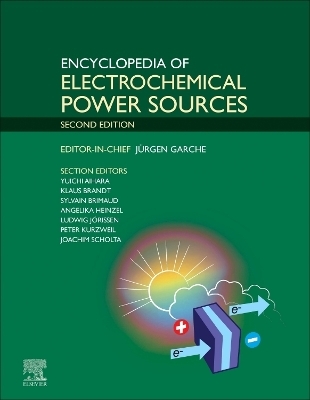
Handbook of Computational Chemistry
Springer International Publishing
978-3-319-27281-8 (ISBN)
Jerzy Leszczynski - Professor of Chemistry and President's Distinguished Fellow at the Jackson State University (JSU) joined the faculty of the JSU Department of Chemistry in 1990. Dr. Leszczynski attended the Technical University of Wroclaw (TUW) in Wroclaw, Poland obtaining his M.S (1972) and Ph.D. (1975) degrees. During the period 1976 -1986 he served as a faculty member at the TUW. In 1986 he moved to USA, initially as a visiting scientist at the University of Florida, Quantum Theory Project (1986-88) and as a research associate at the University of Alabama at Birmingham (1988-1990). During the period 1998 - 2008 Dr. Leszczynski had served as the director for the Computational Center for Molecular Structure and Interactions (NSF-CREST Center). Since October 2008 he directs new Interdisciplinary Nanotoxicity CREST Center at JSU. Dr. Leszczynski is a computational quantum chemist whose vast areas of interest include: nature of chemical bonds, theoretical predictions of molecular potential energy surfaces and vibrational spectra, structures and properties of molecules with heavy elements, properties and structure of DNA fragments, and characteristics of nanomaterials. He also applies computational chemistry methods to environmental problems, surface chemistry and atmospheric chemistry. Two areas of his research contributions are the most noticeable: investigations of DNA fragments and development of novel techniques for investigation of properties and toxicity of nanomaterials.
From the Contents: From Quantum Theory to Computational Chemistry.- Exceptional status of chemistry.- The Position of the Clamped Nuclei Electronic Hamiltonian in Quantum Mechanics.- Remarks on Wave Function Theory and Methods.
"Highlight the modern state of art of computational chemistry which 'has become an important indeed sometimes essential auxiliary to experimental work' ... . the necessary attributes on the desks of all computational chemists and physicists, PhD students of these disciplines, and applied mathematicians." (Eugene Kryachko, zbMATH, Vol. 1366.81020, 2017)
| Erscheint lt. Verlag | 10.2.2017 |
|---|---|
| Zusatzinfo | XXVI, 2381 p. 588 illus., 315 illus. in color. In 3 volumes, not available separately. |
| Verlagsort | Cham |
| Sprache | englisch |
| Maße | 155 x 235 mm |
| Themenwelt | Naturwissenschaften ► Chemie ► Physikalische Chemie |
| Schlagworte | Chemistry and Materials Science • Chemoinformatics • Computational Biology/Bioinformatics • Computer Appl. in Life Sciences • density functional • Electronic Hamiltonian • energy optimization • Force Field Modelling • Mathematical Applications in the Physical Sciences • molecular dynamics • Molecular Mechanics • Monte Carlo simulations • nanostructures • nanotechnology • quantum mechanics • Quantum Theory • theoretical and computational chemistry |
| ISBN-10 | 3-319-27281-0 / 3319272810 |
| ISBN-13 | 978-3-319-27281-8 / 9783319272818 |
| Zustand | Neuware |
| Haben Sie eine Frage zum Produkt? |
aus dem Bereich
